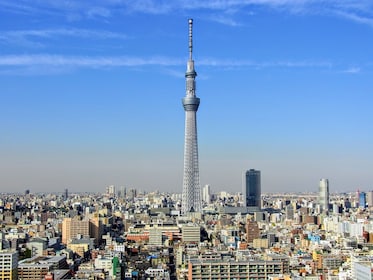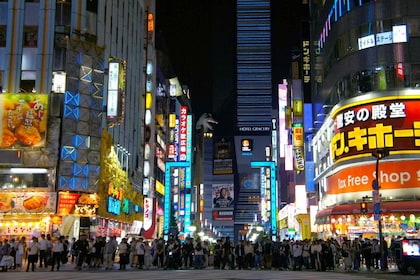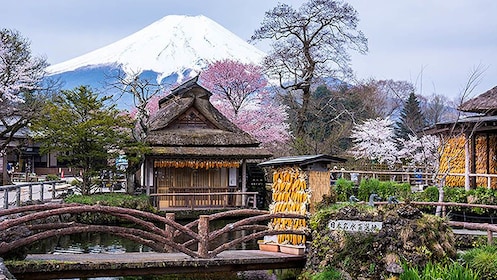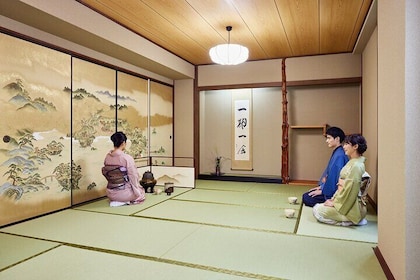Immeuble Nakagin Capsule Tower





Découvrez la destination suivante : Immeuble Nakagin Capsule Tower
Planifiez un voyage pour découvrir Immeuble Nakagin Capsule Tower
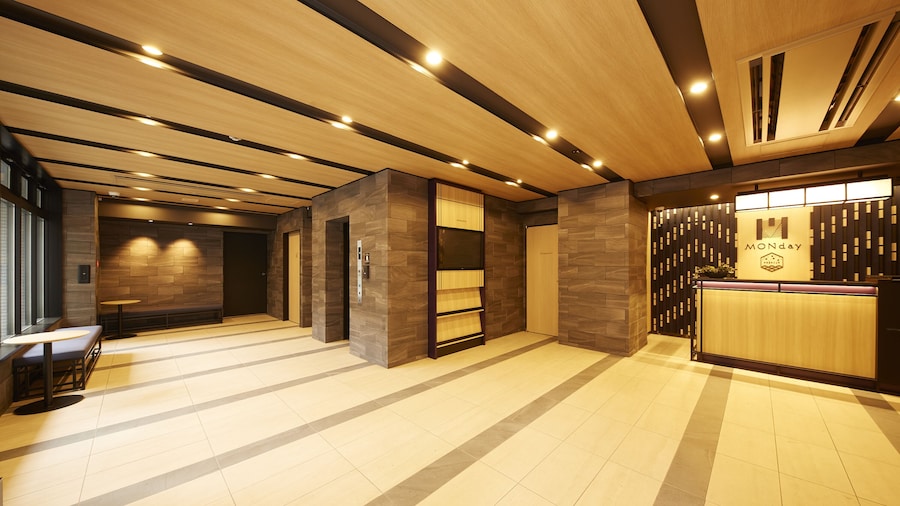
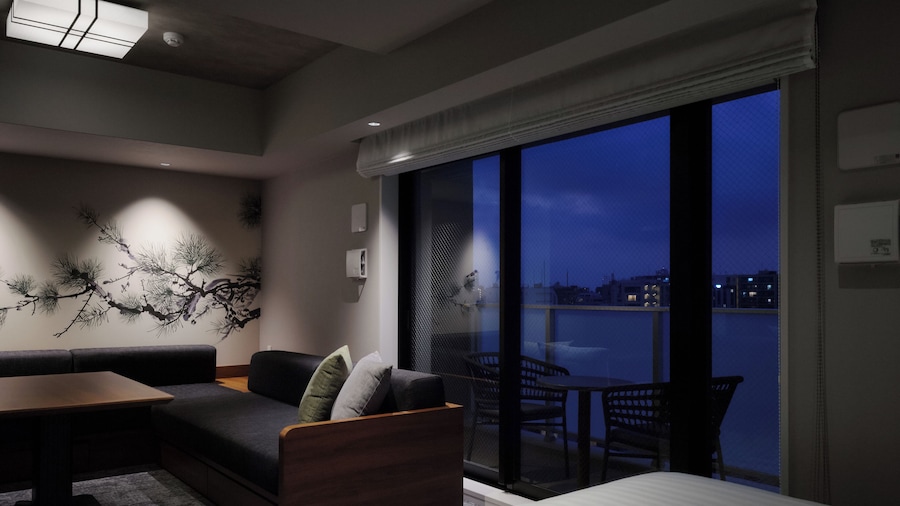
MONday Apart Premium Asakusa
Avis laissé le 5 sept. 2024
Visites touristiques et excursions d’un jour
Afficher les 146 activités
Tokyo : Mont Fuji et le lac Kawaguchi Visite panoramique en bus de 1 jour
Cuisine, boisson et vie nocturne
Afficher les 48 activités
Tokyo : Japanese Dance Cabaret Theater Asakusa-Kaguwa Ticket
Excursions privées et personnalisées
Afficher les 23 activités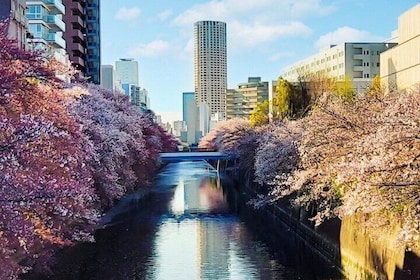
Guide sous licence Visite à pied de Tokyo Meguro Cherry Blossom
Magasinage et mode
Afficher les 15 activités
Tokyo : Mt. Fuji et Hakone Excursion d’une journée avec téléphérique et Cro...
Cours et ateliers
Afficher les 10 activités
Meilleure expérience de samouraï à Tokyo
Endroits populaires à visiter
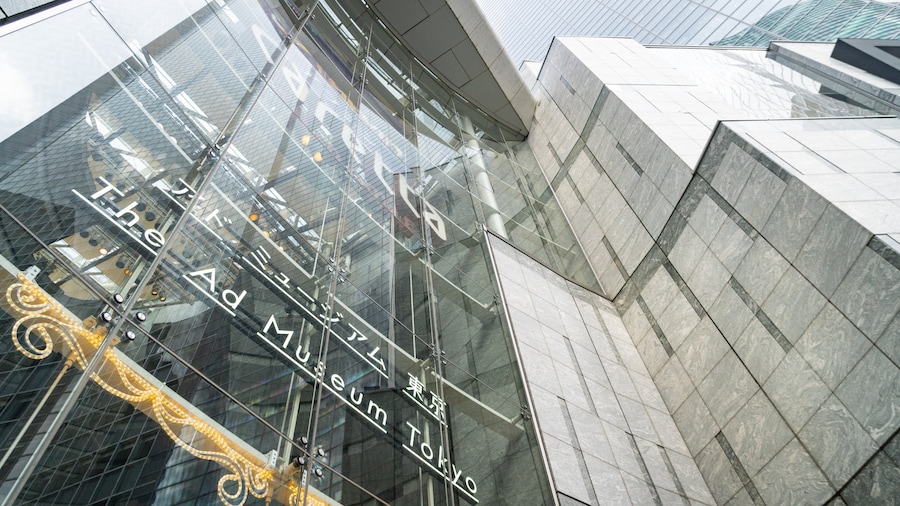
Musée de la publicité et du marketing
Vous pouvez passer un après-midi à découvrir les galeries du Musée de la publicité et du marketing à Tokyo. Visitez les monuments importants et les temples de cette région dynamique.
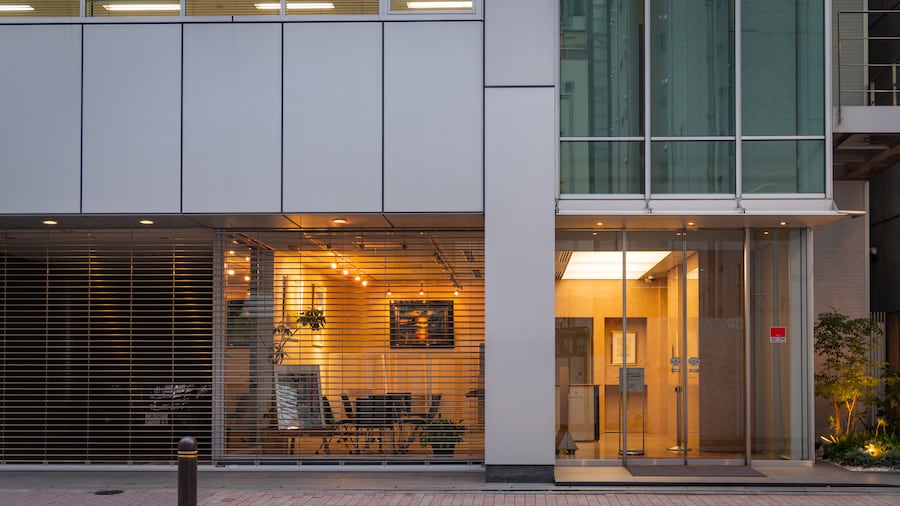
Galerie d'art Tokyo Gallery
Vous pouvez passer un après-midi à étudier les expositions du Galerie d'art Tokyo Gallery lors de votre séjour à Tokyo. Découvrez les musées captivants et la scène artistique de cette région dynamique.

Centre commercial Ginza Six
Pendant votre voyage à Tokyo, trouvez le parfait souvenir à Centre commercial Ginza Six. Découvrez les musées captivants et la scène artistique de cette région dynamique.
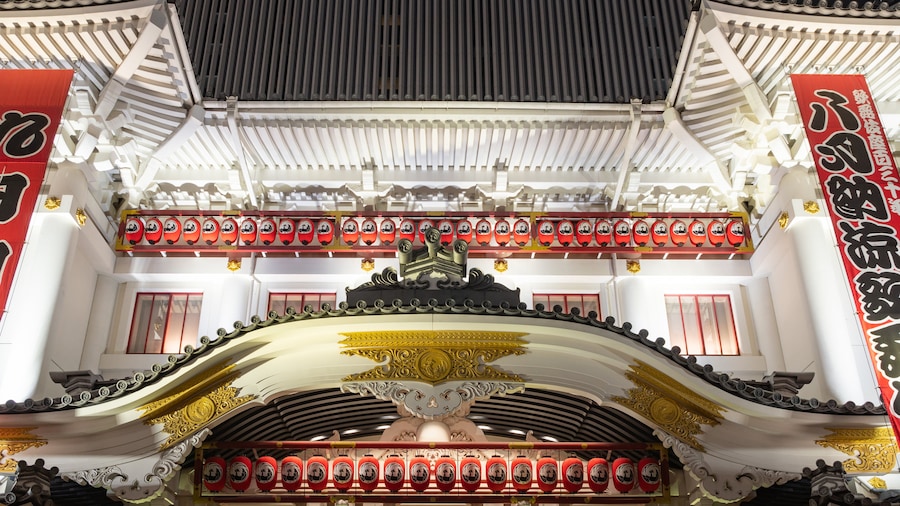
Rue commerçante Namiki-Dōri
Lors de votre séjour à Tokyo, profitez d'une séance de magasinage thérapeutique à Rue commerçante Namiki-Dōri. Lors de votre passage dans cette région branchée, ne ratez pas l’occasion de vous régaler dans ses restaurants fantastiques.
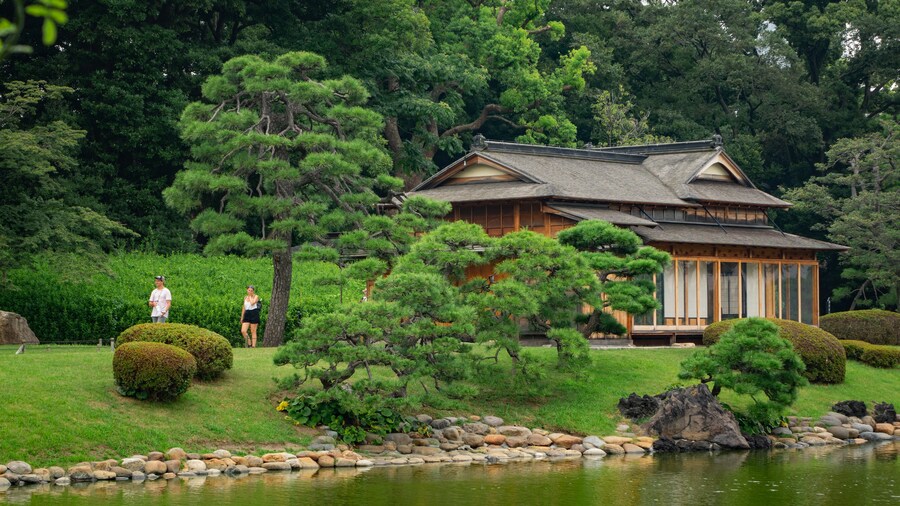
Jardin Hama-Rikyū
Vous pourrez découvrir le passé de Tokyo lors d'un arrêt à Jardin Hama-Rikyū. Découvrez la scène artistique et les monuments importants de cette région dynamique.

Théâtre Kabuki-za
Assistez à un spectacle à Théâtre Kabuki-za lors de vos vacances à Tokyo. Découvrez la scène artistique et les musées captivants de cette région dynamique.
Offres d’hôtel populaires
Immeuble Nakagin Capsule Tower – Vérifiez la disponibilité des hôtels à proximité









Voyagez et explorez le monde avec Expedia
Voyagez et explorez le monde avec Expedia
- Immeuble Nakagin Capsule Tower : vacances et escapades dans des destinations similaires
- Immeuble Nakagin Capsule Tower, Ginza : hôtels à proximité
- Hôtels près d’autres attractions
- Thèmes d’hébergements
- Disneyland® Tokyo – Hôtels à proximité
- Tokyo DisneySea® – Hôtels à proximité
- Tour Tokyo Skytree – Hôtels à proximité
- Dôme de Tokyo – Hôtels à proximité
- Croisement de Shibuya – Hôtels à proximité
- Tour de Tokyo – Hôtels à proximité
- Temple Sensō-ji – Hôtels à proximité
- Baie de Tokyo – Hôtels à proximité
- Palais impérial de Tokyo – Hôtels à proximité
- Palais des congrès Tokyo Big Sight – Hôtels à proximité
- Marché aux poissons de Toyosu – Hôtels à proximité
- Jardin impérial de Shinjuku – Hôtels à proximité
- Roppongi Hills – Hôtels à proximité
- Musée Ghibli – Hôtels à proximité
- Complexe commercial Tokyo Midtown – Hôtels à proximité
- Parc d’Ueno – Hôtels à proximité
- Tokyo Disney Resort® – Hôtels à proximité
- Sanctuaire Meiji – Hôtels à proximité
- Parc Yoyogi – Hôtels à proximité



